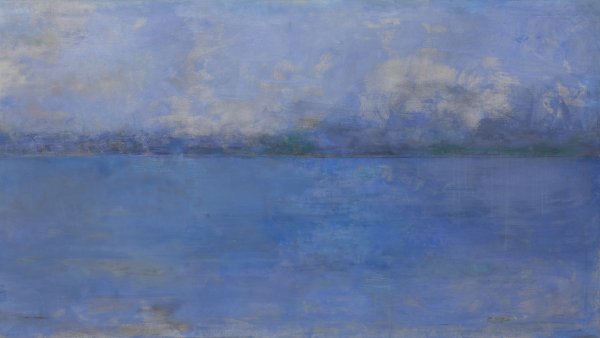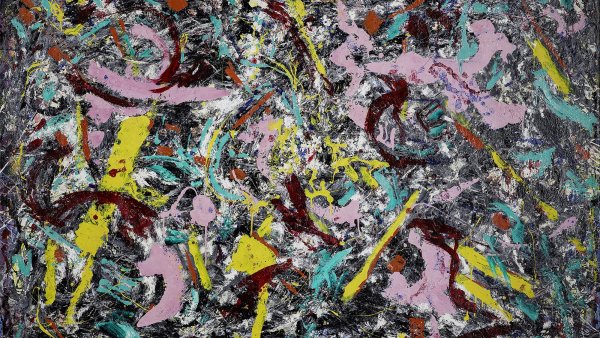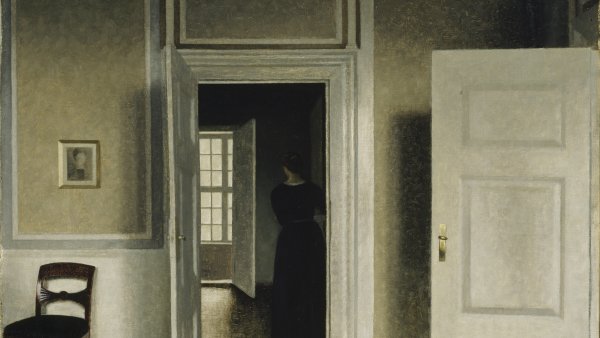Robert and Sonia Delaunay (1905-1941)
The exhibition’s main aim is to demonstrate the important contributions of Robert and Sonia Delaunay to modern painting between 1907, the date of their first meeting, and 1941, the year in which Robert died. Around 70 works loaned from museums and private collections feature in the exhibition. Light was the main motif within Robert Delaunay’s pictorial language. Following a detailed study of colour theory, the artist reached the conclusion that the force and paradoxical reality of light its omnipresence, its infinite energy and its inmateriality could only be represented pictorially through colour. The artist himself gave his method of representing light through colour the name of Simultanisme. This was his unique artistic principle from 1912 onwards, the year in which he published Light, a text which was to have a major influence on leading contemporary artists and which was translated into German by Paul Klee. At around this time Apollinaire invented the word “Orphism” or “Orphic Cubism” to defines his friend Delaunay’s work. Delaunay himself defined his move towards abstraction with these words: “… those reminiscences of objects, of residues of objects in my paintings, appeared to me as harmful elements. I intended to fuse those objective images into coloured rhythms, but those images were of a different nature… Then I had the idea of discarding images seen in reality: objects which interrupted and corrupted the coloured work. I attacked the problem of formal colour.”







